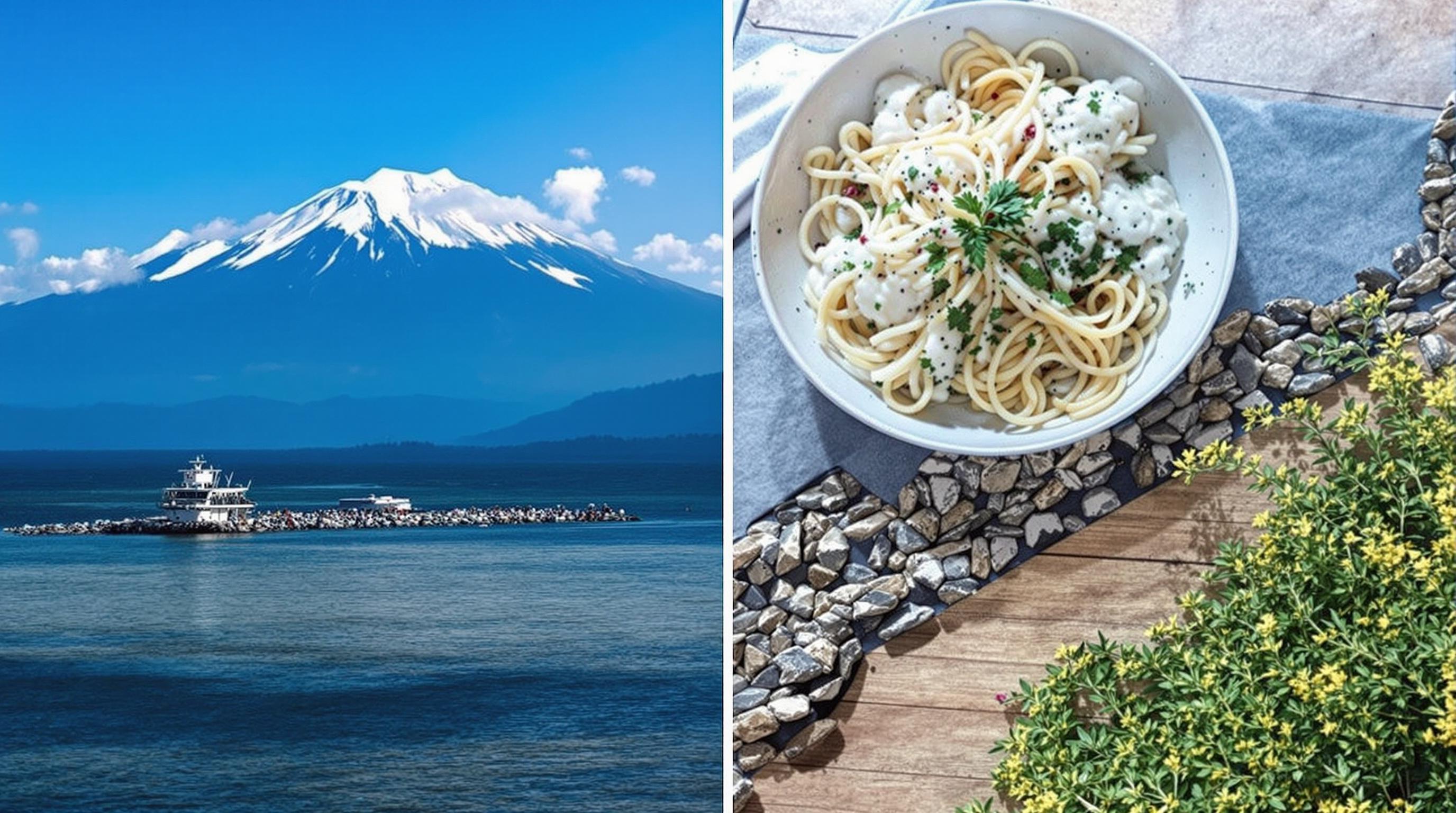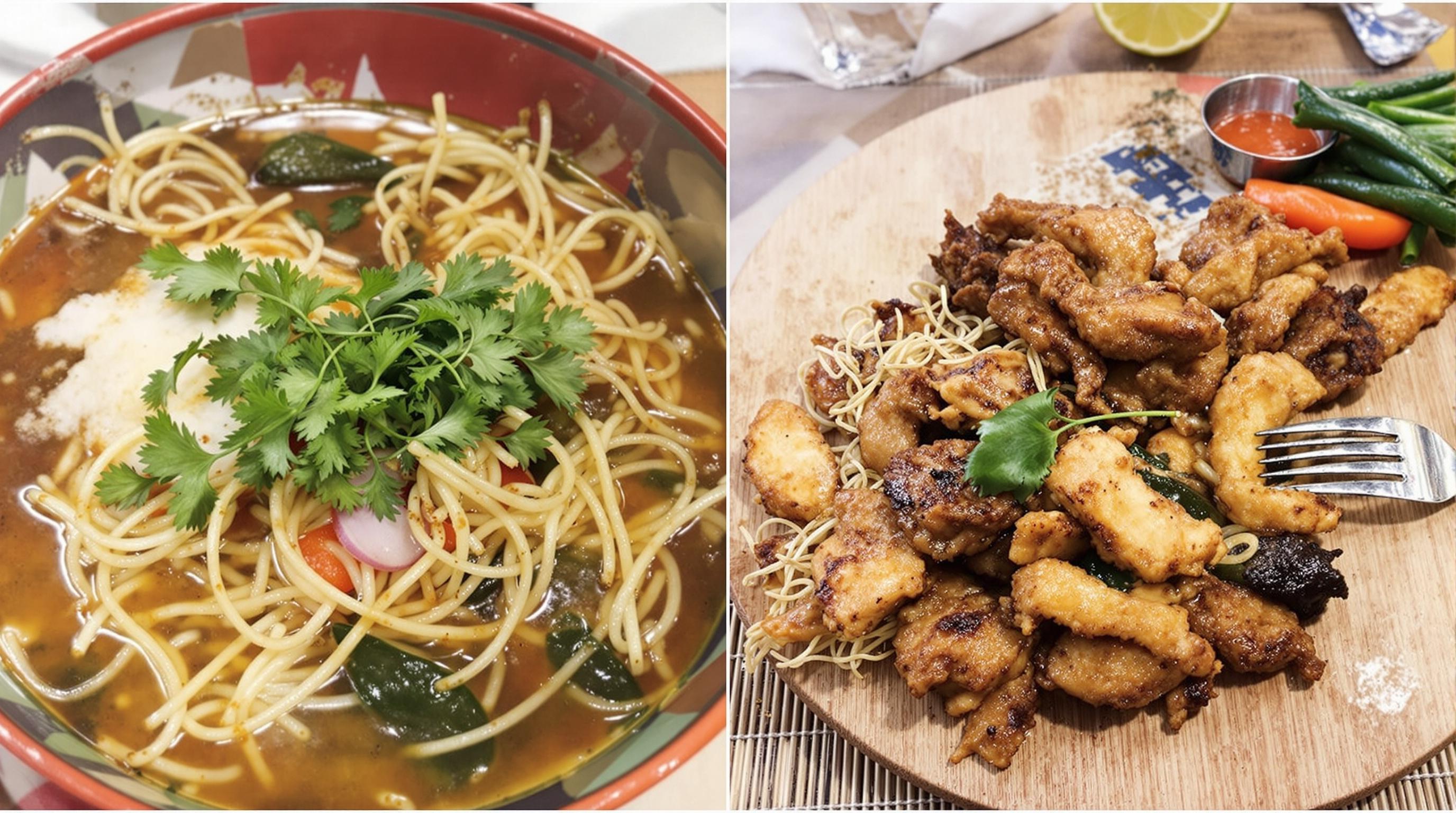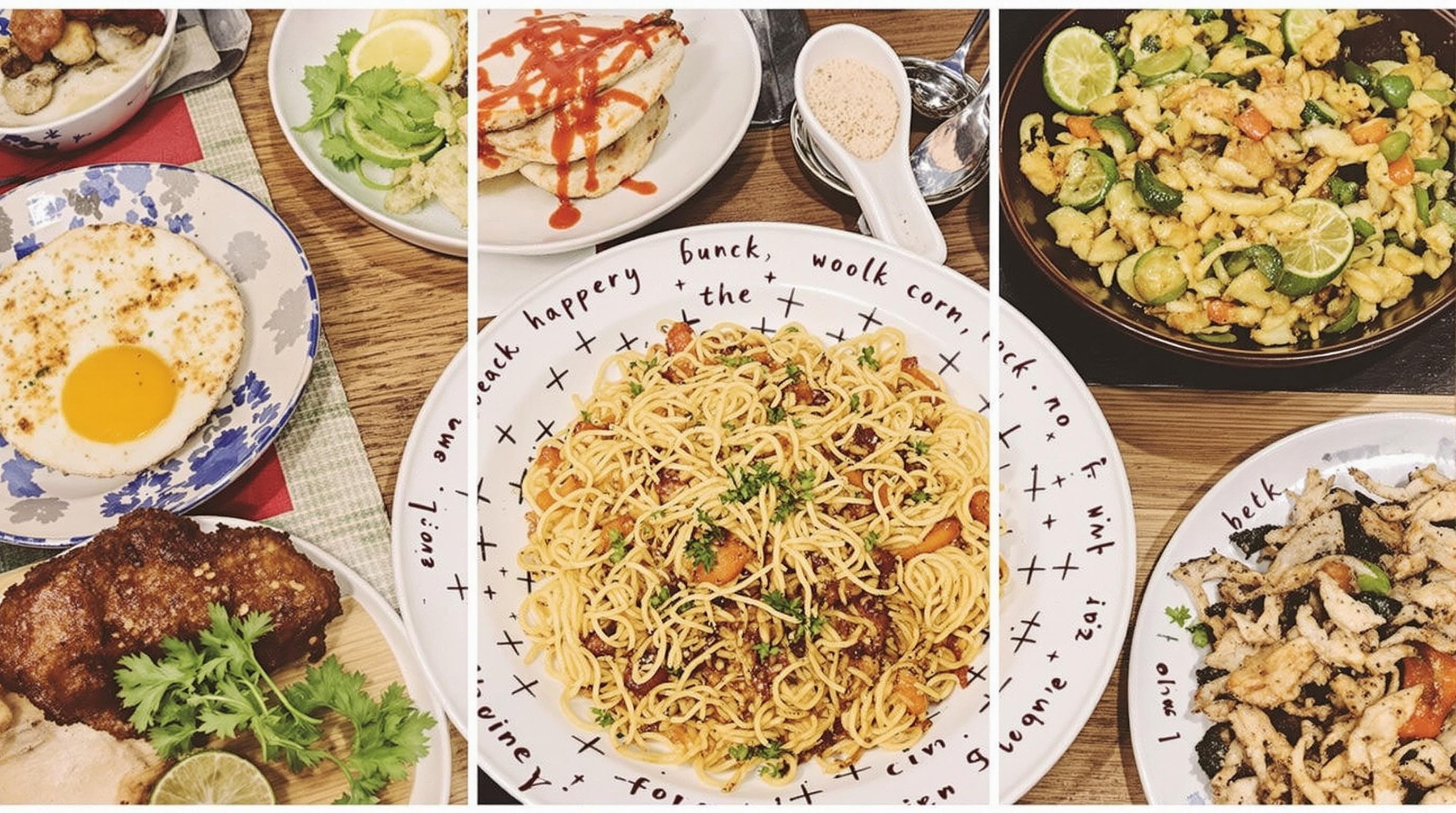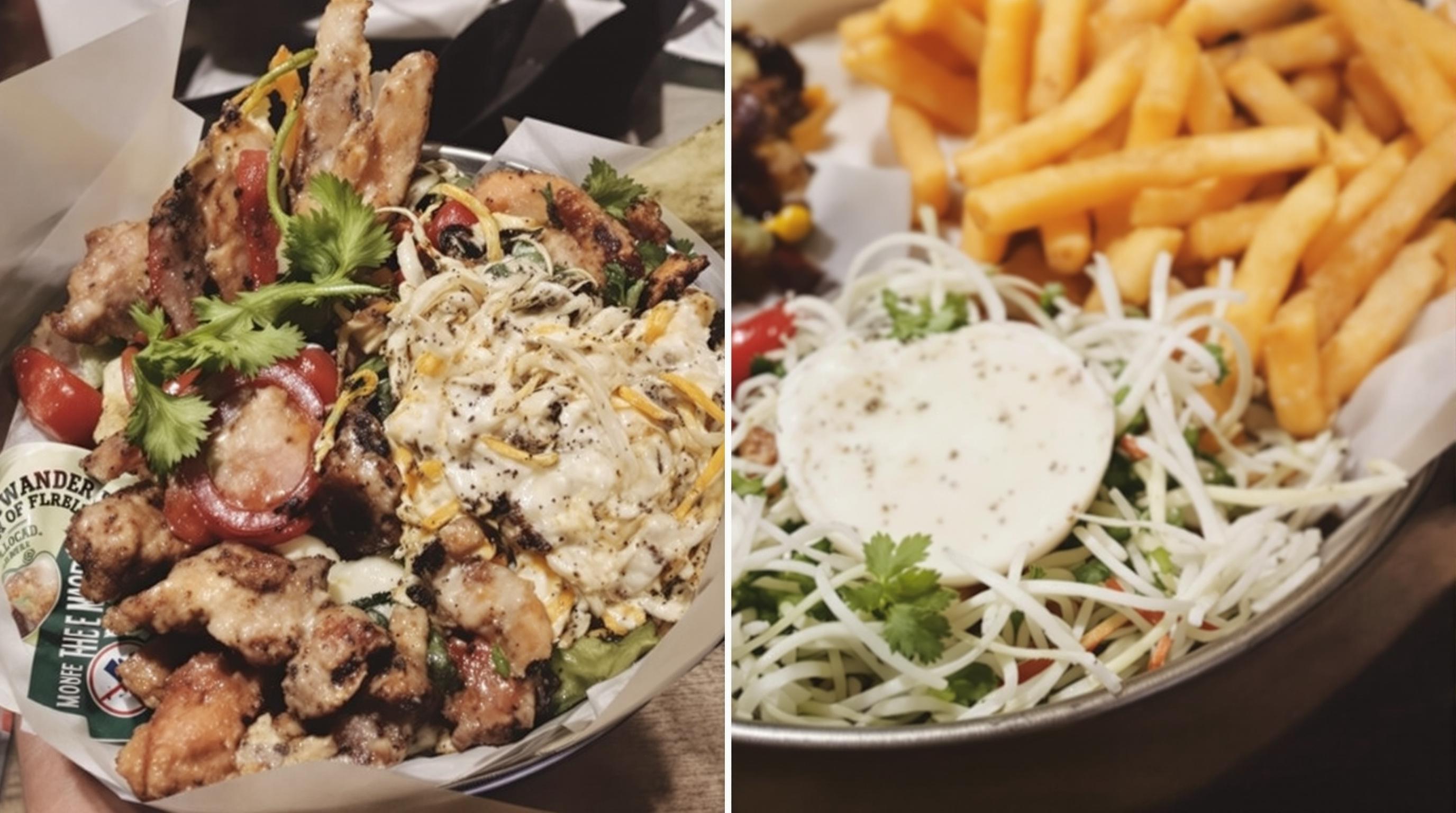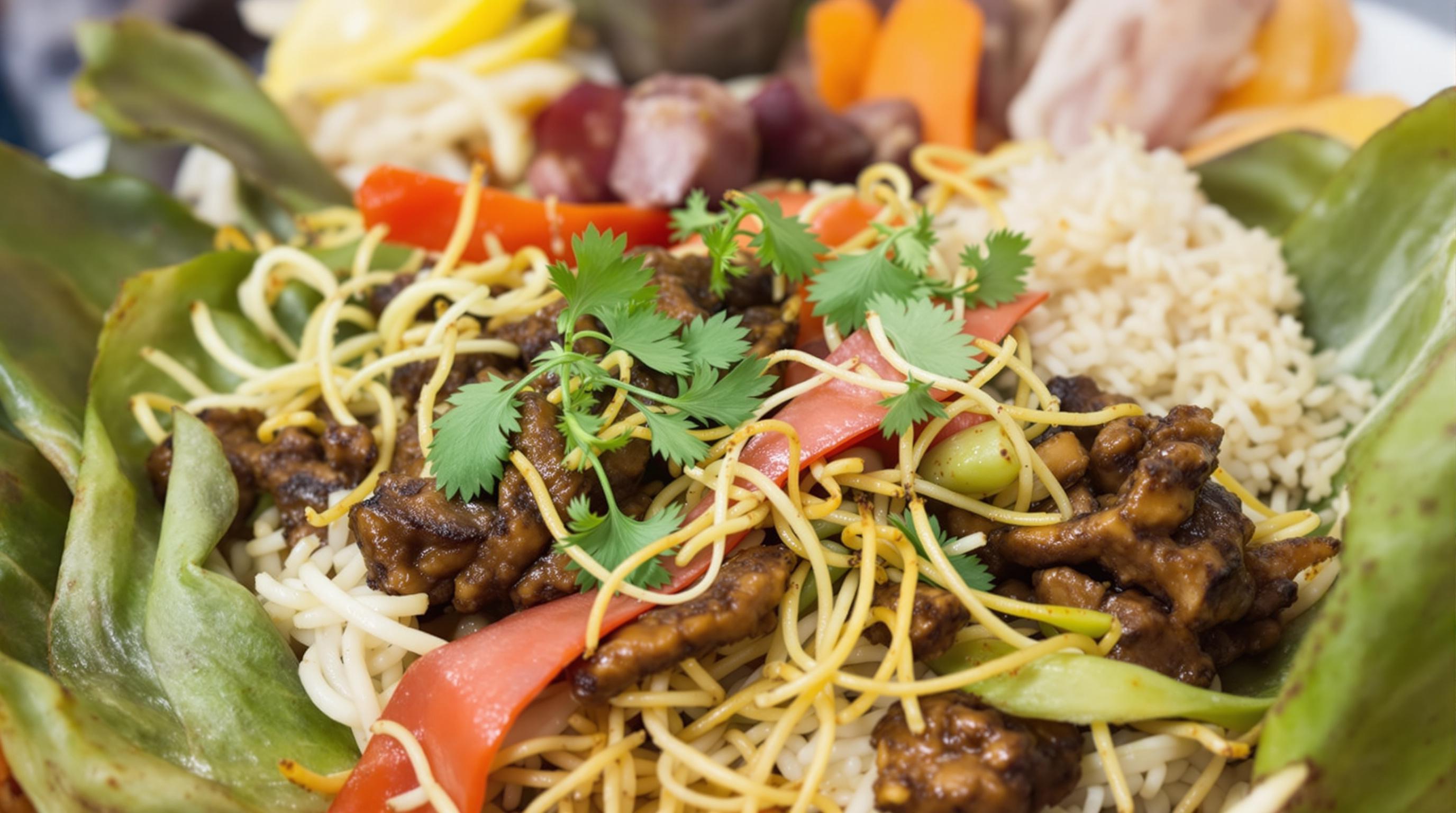Related Articles
- Culinary Cartography: The Unexpected Foods Shaping Local Identity in Urban Landscapes
- Flavors of the Forgotten: Rediscovering Culinary Traditions in the Shadows of Modern Food Trends
- Palate Pilgrimage: The Unlikely Fusion of Ancient Rituals and Modern Local Fare
- Ecosystem Engineers: Celebrating the Role of Nature-Based Solutions in Transforming Eco-Travel Experiences
- Ghost Towns and Green Trails: Unearthing Sustainable Journeys Through Forgotten Landscapes
- Hidden Footprints: Decoding the Carbon Footprint of Digital Nomadism in Edging Towards Sustainable Getaways
Palate Pilgrimage: The Unlikely Fusion of Ancient Rituals and Modern Local Fare
Palate Pilgrimage: The Unlikely Fusion of Ancient Rituals and Modern Local Fare
Palate Pilgrimage explores the captivating intersection of ancient culinary rituals and modern local cuisine, showcasing how traditional practices inspire contemporary cooking. As we embark on this flavorful journey, we’ll discover remarkable case studies and insights that highlight the importance of culinary heritage in today’s gastronomy.
The Roots of Culinary Tradition
To understand the unlikely fusion of ancient rituals with modern fare, we must first dig into the rich soil of history. Food has always held a sacred space in human culture—shaping not just diets, but also social structures and identities. According to culinary historian Michael Pollan, "Food is an essential part of the human experience, not only for sustaining our bodies but also for enhancing our connection to the world." This connection is evident in local cuisines that hark back to customs passed down through generations.
A Journey Through Time
Imagine a bustling marketplace in a small Mediterranean town where elders gather to prepare traditional dishes based on recipes their mothers and grandmothers taught them. This enchanting picture reflects how culinary rituals can sustain both community bonds and individual identities. The Moroccan tagine, for instance, has been a culinary staple since the Berber tribes began cooking it over open fires. The algorithm for success? Patience, spice, and the identical pot that’s been around for hundreds of years.
Statistics Speak Volumes
Did you know that 62% of Millennials, aged 18 to 34, prefer restaurants that serve local foods over chain establishments? (National Restaurant Association, 2022) Nowadays, dining out involves more than just satisfying hunger; it means experiencing flavors steeped in history and culture. This preference underscores a growing trend toward valuing authenticity over mere convenience, a nod toward the past that fuels modern palates.
The Fusion Phenomenon
The idea of fusion cuisine is not new; it has existed as long as human beings have traded, traveled, and explored. Nevertheless, the significance of infusing ancient recipes with contemporary techniques is gaining traction. Take, for example, the Korean taco, a culinary innovation that exemplifies this blending of worlds. Food trucks across America are now serving these handheld delights, drawing influences from traditional Korean ingredients like kimchi paired with a classic Mexican tortilla. This unexpected pairing has birthed its own culinary ritual, catering to a generation seeking both flavor and adventure.
Culinary Pilgrimages in the Modern World
With ancient rituals shaping our understanding of food, a culinary pilgrimage might involve more than a geographical journey—it becomes an exploration of cultural practices too. In Tuscany, Italy, visitors don’t just savor the rich flavors of homemade pasta; they also participate in the Mediterranean diet's ritualistic importance, which celebrates communal eating. The preparation often includes singing, storytelling, and of course, a glass or two of local wine.
From Theory to Practice
This connection between history and modern dining gives rise to numerous experiences that can be classified as 'palate pilgrimages.' Consider, for instance, the ‘Pasta Day’ events organized across Italy, where families gather to make pasta from scratch using ancient methods. This experience reinforces the bond between participants while creating a deep sense of belonging and continuity. It’s not just about food; it’s about experiencing life as it has been lived for centuries.
Case Study: The Rise of Farm-to-Table
Culinary movements like farm-to-table epitomize the merging of historical and contemporary practices. Restaurants such as Blue Hill in New York suggest that eating should be a holistic experience. This establishment connects diners to a local farm, allowing them to handpick ingredients before they appear on their plates. The restaurant prides itself on a sustainable approach that emphasizes the rituals of food sourcing, preparation, and the eventual communal gathering around the table.
The Humor of Expectations
As we dive further into this landscape, it seems the notion of a pilgrimage is not lost on many. Attending a ‘pop-up dinner’ in Brooklyn might feel like a 'food version of camping,' albeit without the risk of sleeping on the ground and with bigger ticket items like artisanal cheeses and handcrafted drinks. Who knew that the culinary pilgrimage could also invite unexpected laughs?
Connecting Generations Through Food
Perhaps one of the most heartwarming elements of this culinary trend is its ability to connect generations. A recent survey revealed that nearly 73% of families enjoy cooking meals together as a way to bond (Family Meals Study, 2021). Instruction often flows from grandmothers to children, and the kitchen transforms into a sacred space of learning and love. The 'cooking as ritual' idea is tantalizing and delicious in its implications for the future.
The Influence of Social Media
Social media is playing an undeniable role in this palatable pilgrimage. From TikTok's viral recipes to Instagram's picturesque food presentations, ancient cuisines are experiencing a revival. Young chefs are reimagining their grandmothers’ recipes through modern lenses, presenting them with a kaleidoscope of vibrant visuals and interactive engagement.
Facing the Challenges
Yet, while the fusion of ancient rituals with modern fare creates a spotlight, it also surfaces challenges inherent in preserving authenticity. How can one maintain the sanctity of traditional recipes while also adapting them to fit current dietary trends? Navigating this question involves a careful balance, much like a tightrope walker mid-performance, but ultimately, the culinary foundation should remain strong.
A Call to Action
As we stand on the cusp of a culinary renaissance, let us embrace our taste buds and encourage the transformation of food as we know it. Maintain the sanctity of the past while boldly integrating it into our contemporary lives. Support local markets, engage in cooking traditions, and don’t shy away from sharing stories behind those family recipes that have become part of your own unique journey.
Closing Thoughts
In wrapping up this exploration filled with flavors, traditions, and a sprinkle of humor, let’s recognize the inherent value in food as a universal language. Our plates are canvases, reflecting not only our lineage but also our creativity. As you set forth on your palate pilgrimage, remember: every bite might reveal a story that’s still being written.

